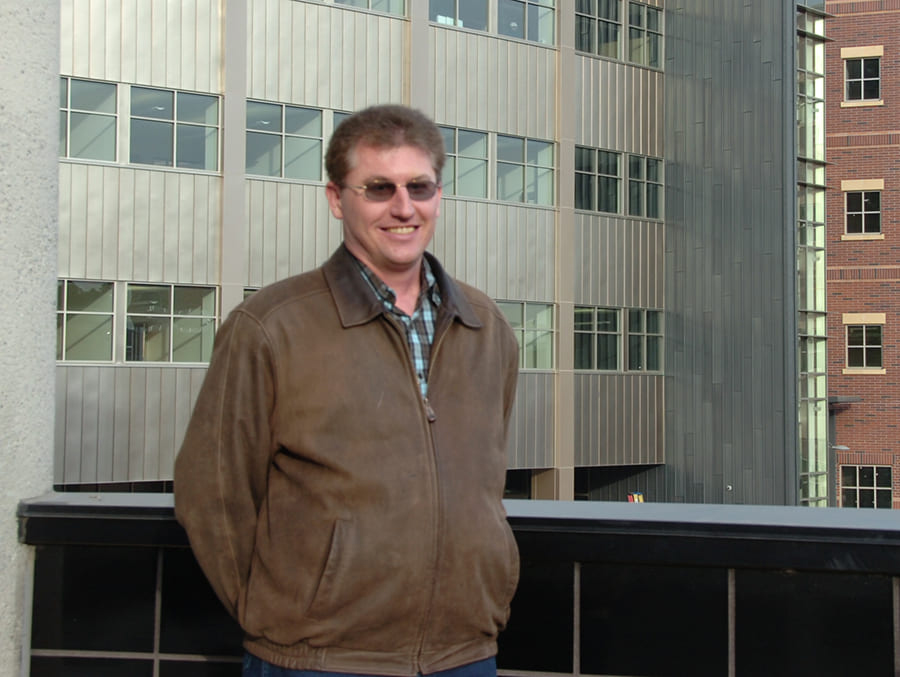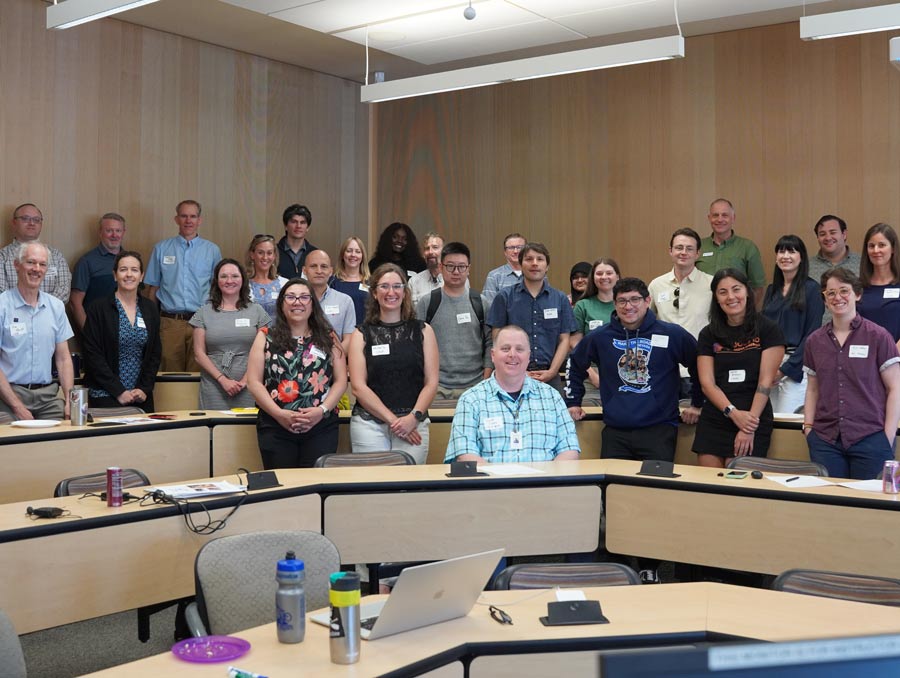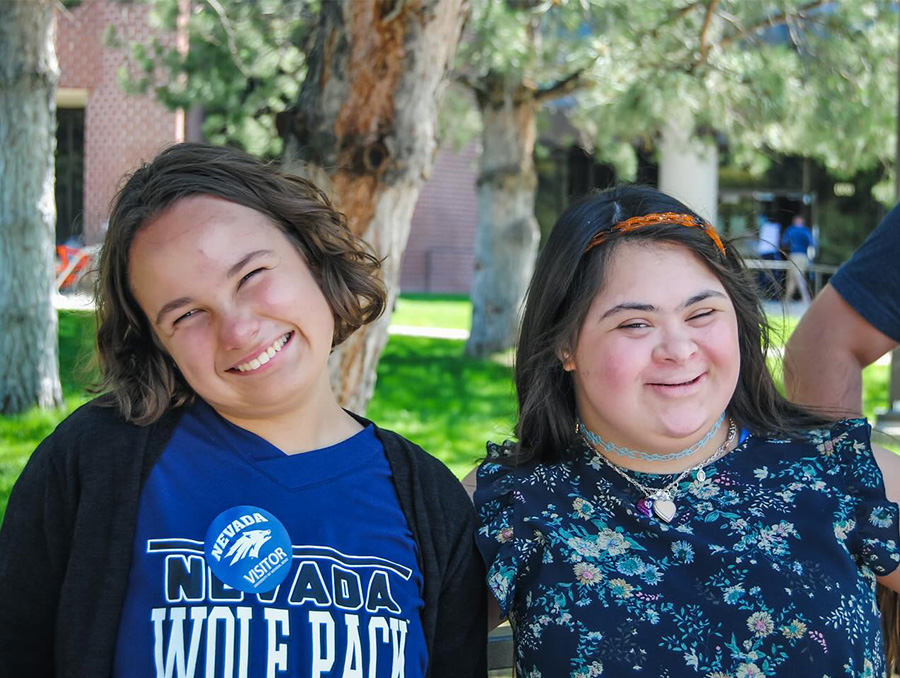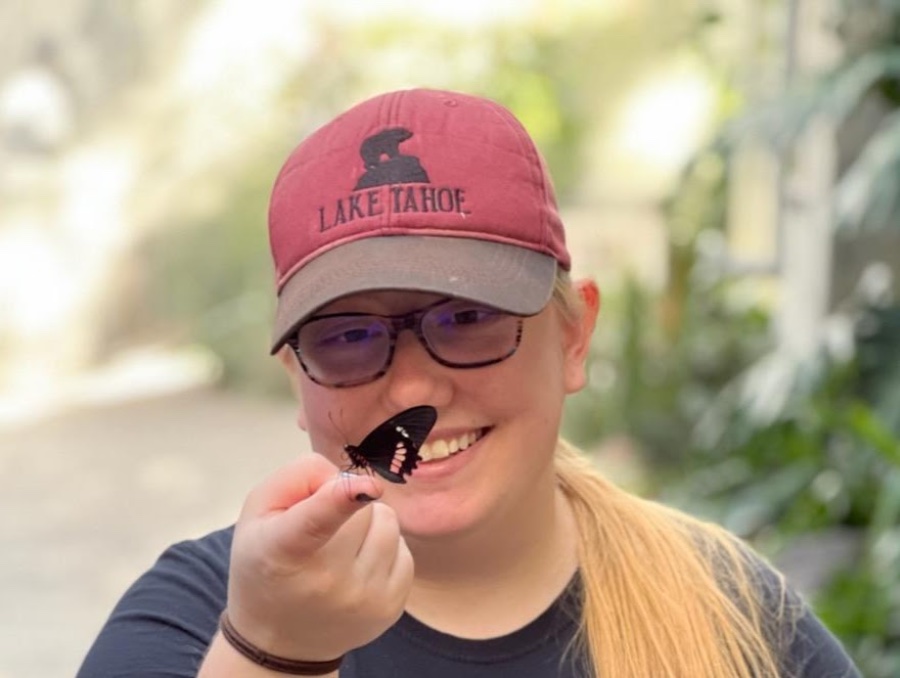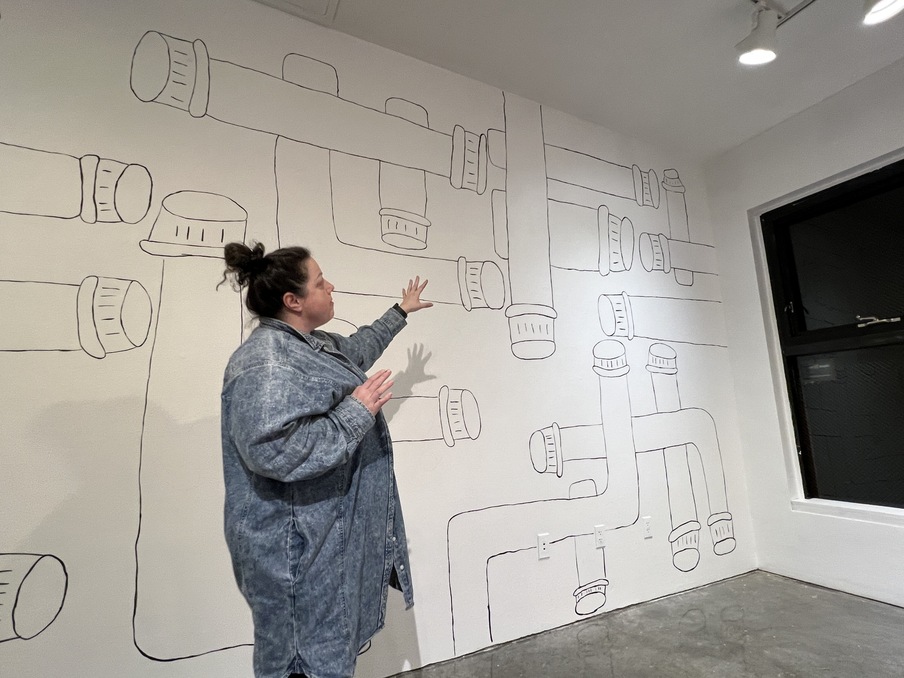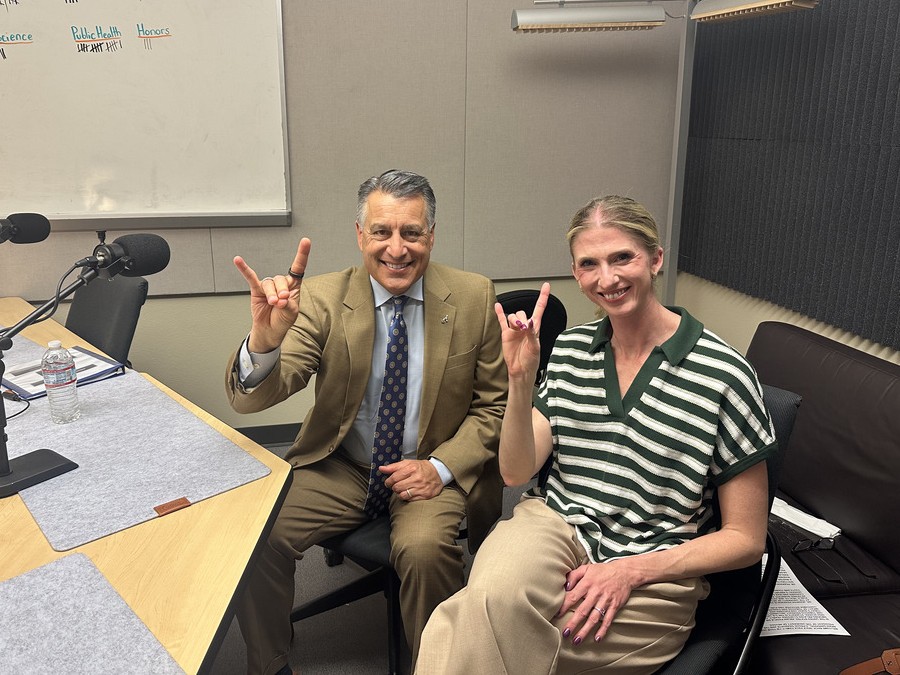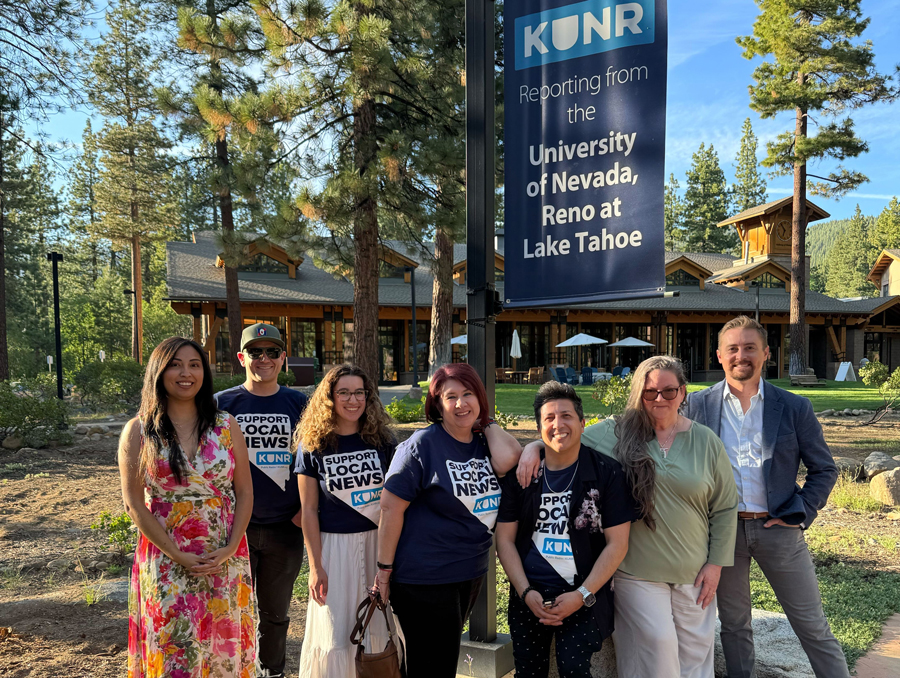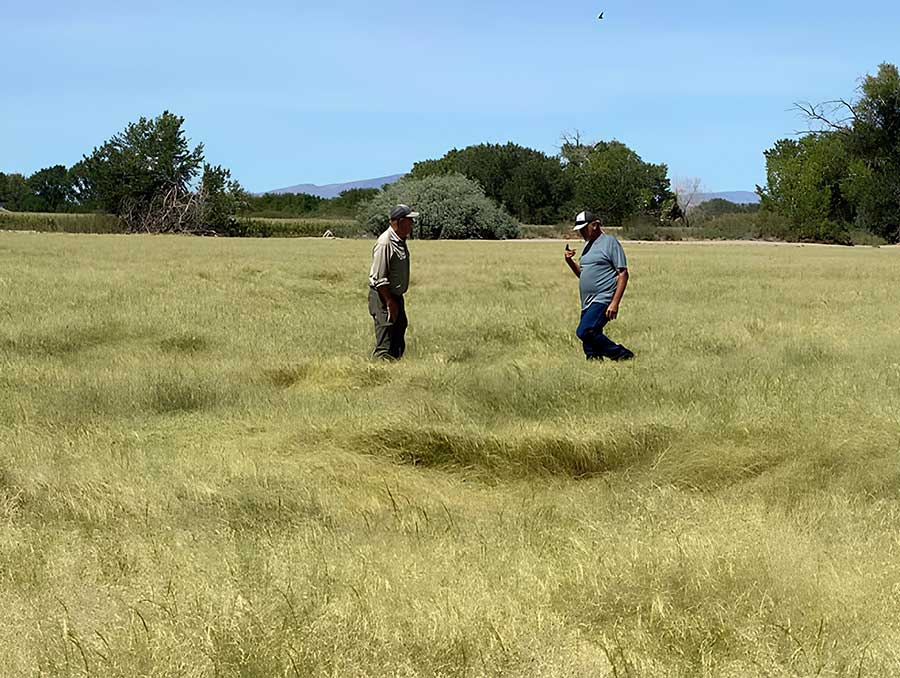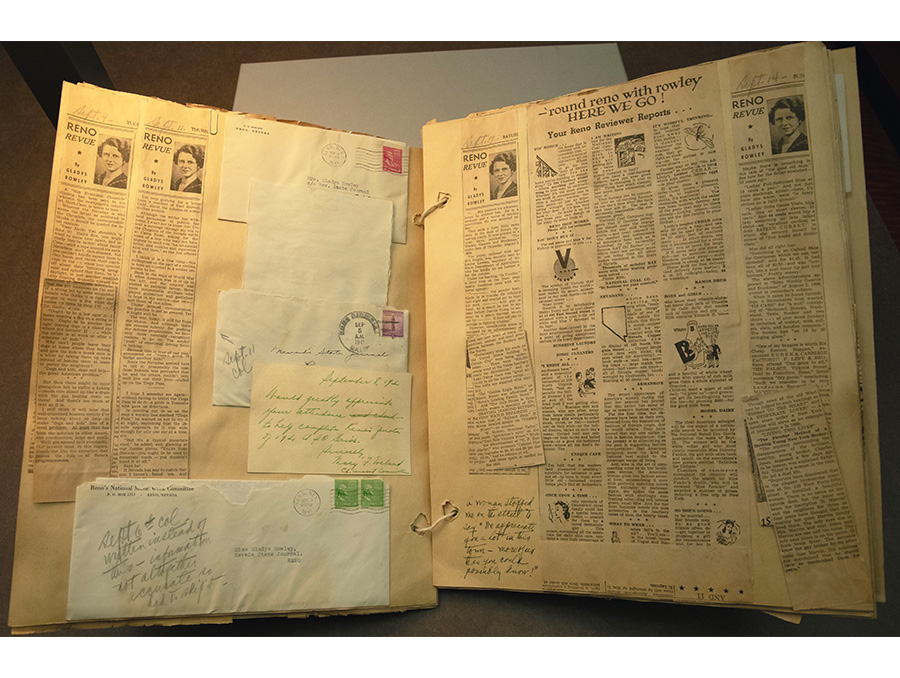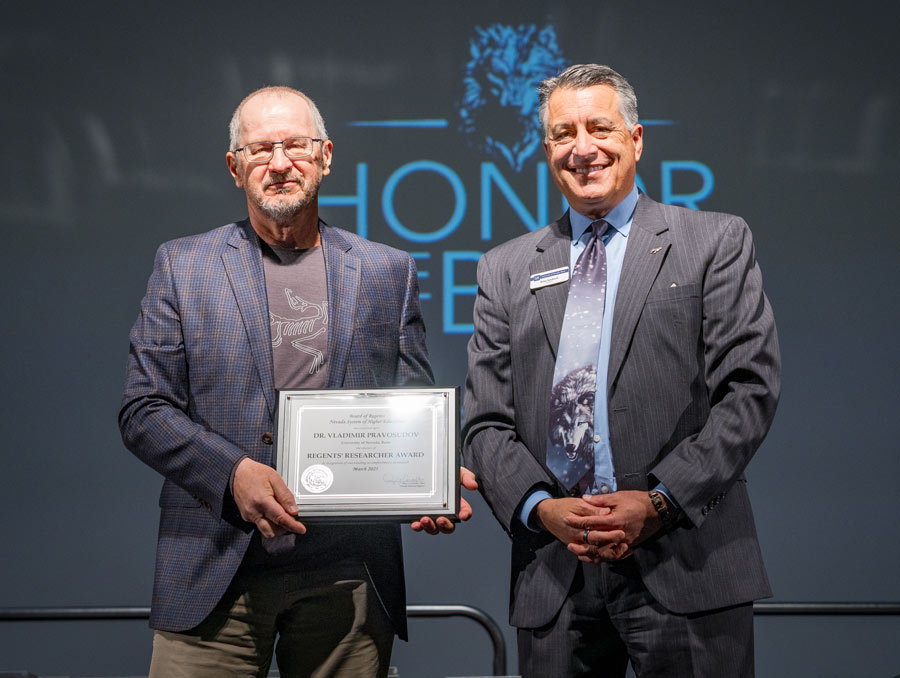A new online numerical methods laboratory that is freely accessible to students, teachers and the public will make it easier for everyone to learn and use modern techniques of scientific computing without having to purchase expensive software or computers, said Pavel Solin, a faculty member in the math and statistics department in the University of Nevada, Reno’s College of Science.
The interactive online lab offers a large variety of modern numerical methods ranging from elementary techniques, such as root-finding, interpolation or numerical integration, to cutting-edge adaptive higher-order finite element methods for large-scale scientific applications.
“Users can either adjust existing programs or implement their own from scratch,” Solin said. “They can keep their work for themselves inside their accounts, or make it public and share it with others. In addition, we are currently working on developing applications to show the power of sophisticated mathematical modeling and computing to K-12 students.”
“Traditionally, universities have been buying expensive licenses for commercial software,” Solin said. “In contrast to those, the online lab is accessible in any web browser; one just needs an Internet connection.”
The computations are done remotely on a University of Nevada, Reno computer system, so the users can compute using iPhones, PDAs, and other non standard platforms. The publicly accessible online lab can be used by anyone at home, in school, at the airport, or at their favorite coffee shop with enabled WiFi access, Solin said. The online lab is free, and it stays with the students after they leave school and find jobs.
“In a time when budgets are cut everywhere, universities have a great opportunity to take advantage of open-source software tools developed by their own faculty and students,” Solin said.
“The lab can be accessed from every classroom that has Internet access,” he said. “It is difficult to demonstrate real scientific computing on the stationary PCs that are provided in classrooms, since one is not free to install software on them, and the classroom CPUs are not strong enough. Now I can finally use any classroom PC to show realistic, beyond-the-textbook computations.”
“This tool will do a great deal to convince students of the power of mathematics in their daily lives,” Ed Keppelmann, K-12 outreach coordinator for the University’s College of Science, said. “We hope it will spark interest in both math and science at all educational levels.”
Solin used the online lab beginning in the Fall 2009 Semester.
“I first used the online lab to compare the performance of the interval bisection method, Newton’s method and fixed-point iteration for nonlinear equations of the form f(x) = 0,” he said. “The response of the students was very positive, so I started adding new worksheets and utilizing the online lab in the classroom regularly.”
The online lab provides an easy access to many cutting-edge open-source scientific software libraries for mathematical computation, analysis, visualization and algorithm development. Scientific computing and numerical analysis are being used heavily in engineering, chemistry, atmospherical sciences and many other areas.
